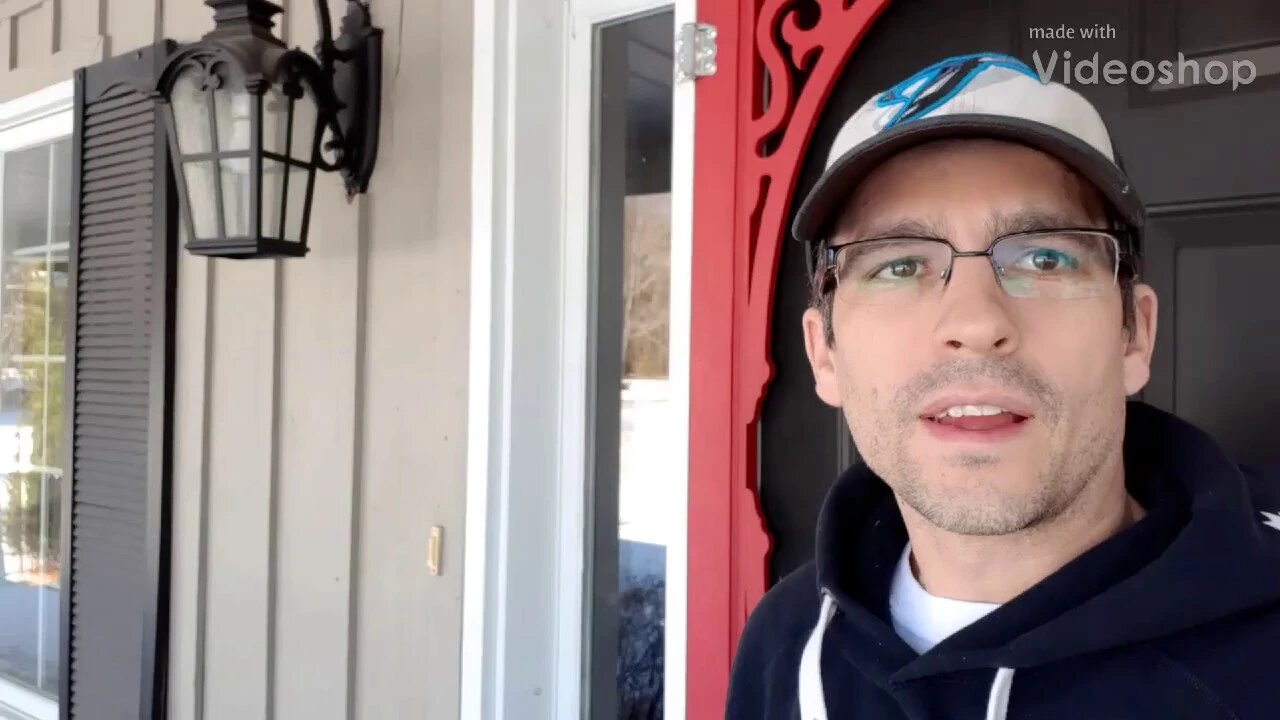Premium Only Content

How to amend your soils for garden or fruit tree permaculture systems. Bacterial vs fungal.
How to amend your soils for garden or fruit tree permaculture systems. Bacterial vs fungal.
In this video I discuss how to generate humid acid to promote protozoa which then consume bacteria. It's always hard to keep the science at a high level to not bore people, but get the methods across that they can use for benefit. For anyone that wants to nerd out more with me...
The reason we use a woodier slower compost pile to get more humic acid is that a hot compost pile will largely be reduced to humin. Most of the humic and fulvic acids will be consumed already. The slower pile will have decomposition still going on, and thus more humic acid present.
Humic acids are complex acid chains which contain many OH and H molecules bonded to carbon rings. They often have quinones, phenols, catechols, and sugar moieties. Carboxylate groups and phenols allow chelation (grabbing) of ions such as Mg, Ca, Fe, etc which is how microbiology makes these minerals "bio-available" to plants.
Humic acids work similar to the biochar science video. They hold and store minerals before they can get washed away or sink down into the earth. They store and hold them in ways (chelation) that the plants have access to, but aren't overwhelmed by.
The humic acids are attracted to the depleted zones of plant root structure (where the fine feeding root hairs have depleted nutrient), and thus are a natural balancing mechanism. Mycorrhizal fungus can extend the range of the plant feeder roots, extending and balancing this nutrient depletion zone, and is why we want to promote the heavy fungal component in the soil. Think of it like Go Go Gadget extender arms, for those old enough to catch that reference.
I.e. this is how we turn dead dirt into fertile soil. This is one reason why a slow breaking down woodchip mulch is a great soil cover, because it extends out how long we have humic acids being present. It's why chop and drop works, and why we drop leafy greens down onto brown woodchips.
Yay science!
-
 8:45
8:45
Permaculture
1 year ago $0.03 earnedGrowing Microgreens and Sprouts for EASY amazing winter nutrition, sustainably
5071 -
 2:56:28
2:56:28
IsaiahLCarter
14 hours ago $7.21 earnedThe Tri-State Commission, Election Weekend Edition || APOSTATE RADIO 033 (Guest: Adam B. Coleman)
32K5 -
 15:03
15:03
Demons Row
10 hours ago $12.72 earnedThings Real 1%ers Never Do! 💀🏍️
47.4K17 -
 35:27
35:27
megimu32
13 hours agoMEGI + PEPPY LIVE FROM DREAMHACK!
166K14 -
 1:03:23
1:03:23
Tactical Advisor
17 hours agoNew Gun Unboxing | Vault Room Live Stream 044
250K39 -
 19:12
19:12
Robbi On The Record
18 hours ago $22.22 earnedThe Loneliness Epidemic: AN INVESTIGATION
79.9K103 -
 14:45
14:45
Mrgunsngear
1 day ago $140.87 earnedFletcher Rifle Works Texas Flood 30 Caliber 3D Printed Titanium Suppressor Test & Review
137K34 -
 17:17
17:17
Lady Decade
1 day ago $11.74 earnedMortal Kombat Legacy Kollection is Causing Outrage
90.8K22 -
 35:51
35:51
Athlete & Artist Show
1 day ago $14.16 earnedIs Ryan Smith The Best Owner In The NHL?
99.6K16 -
 22:56
22:56
American Thought Leaders
2 days agoCharles Murray: I Thought Religion Was Irrelevant to Me. I Was Wrong.
81K61